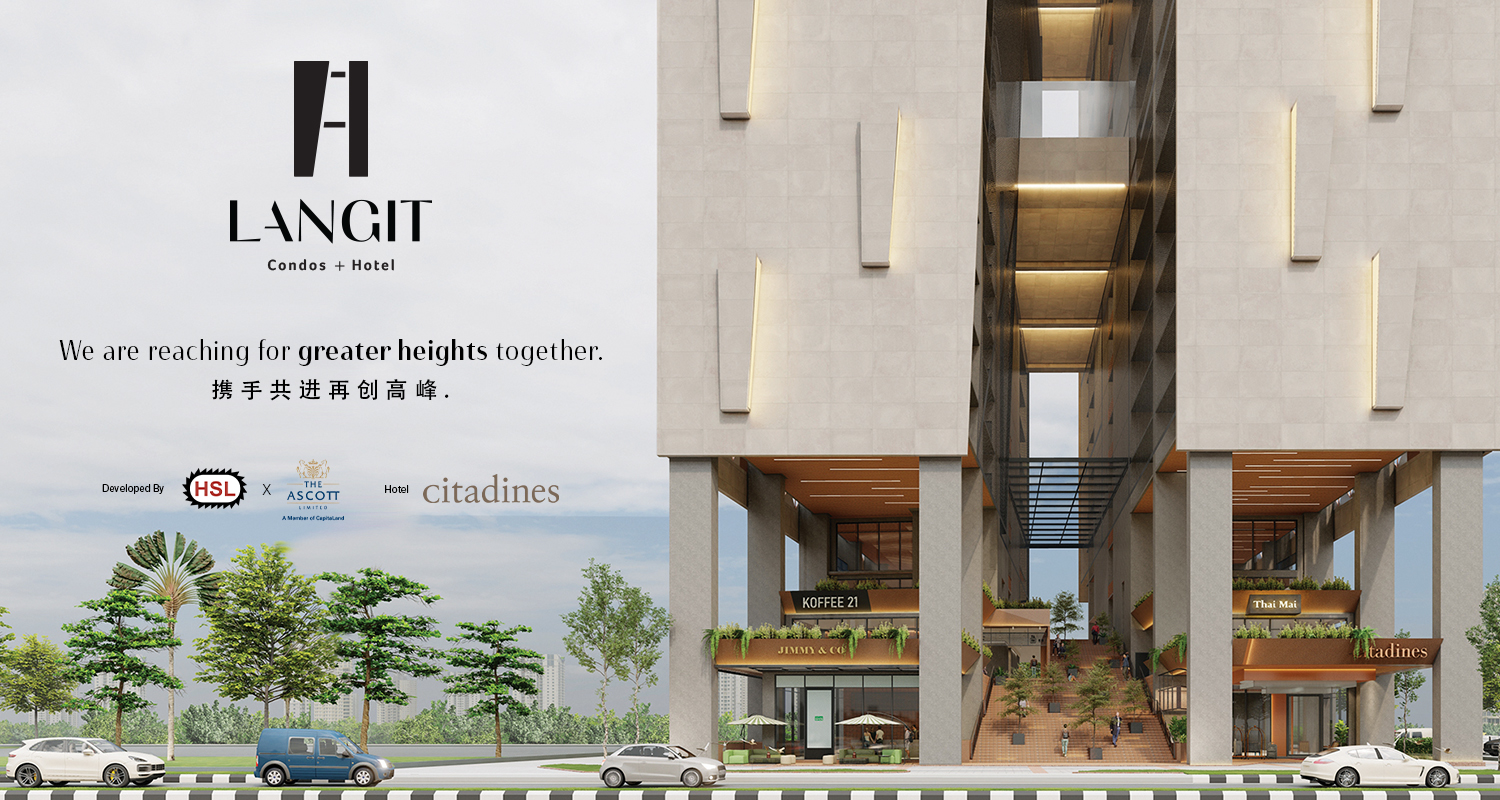
By D’Drift Team
MARUDI, Mar 25: With fewer boats plying the Baram River these days, it’s no wonder the crocodile population in Marudi find delights in scaring and frightening its human neighbours, especially those who live in riverside villages.

As a member of the D’Drift Team was capturing images and video of the serene Baram River, a quinquagenarian couple, Wilson Freni Affrin, 57, and Jennifer Awe, 56, approached and started a conversation. They felt that the river has become too quiet in recent years due to a decline in river traffic.
There followed an enjoyable discussion about how the Baram River was once bustling with express boats, sampans (wooden longboats), and other water vessels and how the couple, both of whom are teachers, once had to rely on these vessels to get around when they were stationed in Baram, and how the river is now much quieter, which may be the cause of more crocodiles being spotted around villages, especially longhouses.

Devoted educators who travelled the Baram River for decades
“We’re both teachers who teach at Long Palai in Marudi, so when we have official duties here, we usually travelled by boat because there weren’t many roads open for land transportation back then.
“Even though roads have been opened, we still can’t reach Long Palai and must rely on boats.
“Now it is far too quiet. I can still picture the many express boats plying the Baram River, carrying people and goods up and down the river,” Wilson said.
He said as new roads are being built over time, more people are choosing to travel by land.
Wilson, who jokingly declared he is from “Long Kuching”, said that his first posting in Marudi was in 1992 or 1993 and by 1994, most people opted to use land transportation instead of the waterways.
Despite so, for rural settlements unreachable by roads, riverine vessels such as longboats are still the only means of transportation.
For Jennifer who is from Long Moh, plying along rivers in the interior of Sarawak has been part of her life. She shared the same observation with her husband, stressing that when express boats were the kings of rivers, crocodiles were fewer.
“Since the river no longer sees regular boat traffic, crocodiles have taken to ‘lepak’ (chill) near the local villages.”

Fort Hose, once open, is bound to be a major draw for tourists and history buffs
After a restful night in our hotel in Miri, D’Drift Team awoke early this morning to search for the ‘Fort of the Day’, Fort Hose, located in Marudi, a small riverside town in northern Sarawak.
Our journey from Miri to Marudi took approximately an hour and 48 minutes, including the ferry ride. It was about 11am. the temperature in Marudi was sweltering.
While we looked forward to learn more about the history of Fort Hose, it was unfortunately closed to public.

Fort Hose, poised to be Marudi’s most popular tourist attraction, sits atop a hill overlooking the Baram River. To provide easy access and to encourage more visitors, it is now linked to the new Marudi Waterfront.
The fort was constructed with Belian hardwood, which was extremely durable, and it is still in good condition today.
When we arrived, we observed that several groups of visitors had already made their way to the fort. Despite being close, they stayed back and continued to take pictures, like us. We believe that when it is finally open, it will be a major draw for tourists and history buffs.

But Fort Hose is not the only attraction in Marudi. There are some good dishes to try in Marudi — Marudi Kway Teow and the Roti Marudi from a popular kopitiam in town, Jong Seng Loong Cafe.
The Marudi Kway Teow stands out due to its unique texture, characterised by long and thin noodles. This sets it apart from the Fried/Kolo Kway Teow commonly found in Kuching. As for the Roti Marudi, its unique feature is the homemade kaya spread made by the owner. The creamy richness of the kaya pairs well with the bread, making it a popular choice for breakfast, snacks, or even dessert.
When we met Marudi assemblyman Datuk Dr Penguang Manggil, who is also Sarawak Deputy Minister for Public Health, Housing and Local Government (Local Government), he also recommended we try the Roti Marudi at the kopitiam.



A recap of the past three days
In the past three days, we have discovered Fort Margherita in Kuching, Fort Long Akah in Long San, and Fort Lio Mato in Kampung Lio Mato en route from Kuching to Baram. Today, we located Fort Hose.
We remain committed and determined to explore the other right forts that lie await our arrival. — DayakDaily








